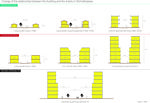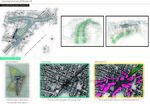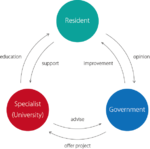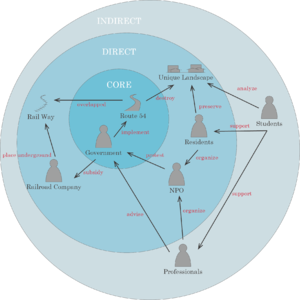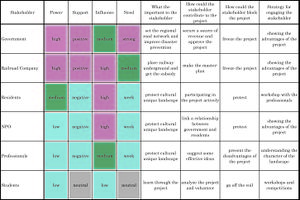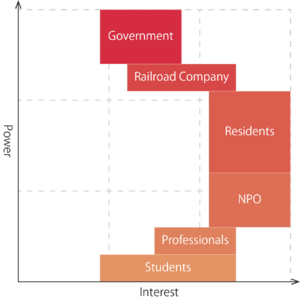Landscape Democracy 2015 Working Group F - Case Study 3
---> back to group page working group F
What is the right resident participation – think about issue of the planning road Route 54
| Place name | Shimokitazawa | |
| Location | Tokyo | |
| Country | Japan | |
| Author(s) | Akira Iguro | |
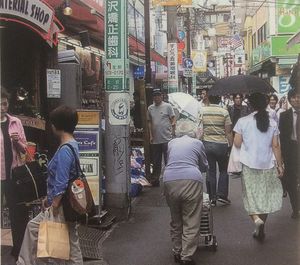
| ||
|
| ||
Rationale: Why have you chosen this case for the landscape and democracy seminar?
Shimokitazawa, one of the Japanese urban areas, has expanded around the railway station and there are a lot of naturally-made alleys, which has human-scale proportions of the road’s width and the building height.
There are many liberal intellectual people and good students who move up to Tokyo from rural regions. Therefore this town is known as “town for the youth” or “fashionable town” and always changing with those people. The landscape has been changed gradually, and the neighborhood accepted it naturally.
At the moment, from the aspect of efficiency and accident prevention, wide road and high rise buildings were planned by government in this area and they decided to place the railway around this area underground. Of course the residents were against this decision to preserve their unique culture and landscape. In addition they held several citizens’ workshops to think about using the former railway land but there was no response from the government.
I think this case is very important for thinking about whole concept of right resident participation.
Representation of your observations
- you are basically free to use one or a mix of different presentation techniques
- possibilities are: analytical drawings, graphical representations, collages, video clips, comic/graphic novel, written essay/visual essay
- please add any visual material to the gallery, videos can be placed below, you may add text as you like
- Observations
- Yourfilename3.jpg
case representation
- Yourfilename4.jpg
case representation
Reflection
What are the major challenges for changing the situation?
It is quite difficult to change the plan of route 54 because of existing law of Japan. However issue of placing the railway underground has reviewed with new city mayor. Accordingly, citizen group called “greenline Shimokitazawa” has been set up by resident. They are seeking for a new framework of the city planning and social system with government and specialist using examples from High Line in New York, promenade in Paris and like that things.
What could be a starting point for democractically-based change?
A starting point for democratically-based change is to forge relations among all actors. In my case, resident and specialist or government worked together but there is no relations among these three groups. Although there were several debates between resident and government, and few suggestions of resident and specialist, these didn’t work well or just were ignored by government. Therefore it is very important to build relations among these actors from kickoff point of project.
In addition, to put university as specialist which is constructed by professor and several students would be a better method to realize this idea. If government offer a public project to university and university provides the project to students as part of class, government could save on costs and students could study in practical situation. Additionally, resident could learn effective method of participation from university and they would be able to provide a useful opinion to government. Furthermore young students might add vitality to resident. In other words, each of three could get some benefit from each other.
Stakeholder Mapping
- Stakeholder Analysis
Change Scenario
- Change Scenario
Cross cutting theme
All of the cases in Group E is related to infrastructure project. There are various situation and approach to solve its problem but all projects impact on respective landscape. Therefore, at times, infrastructural change is needed, at other times, it is not needed. In Shimokitazawa case, this change is rejected by neighborhood residents because Shimokitazawa has unique interesting landscape loved by people. Infrastructure project often result in huge scale development and destroy existing landscape. Shimokitazawa case is no exception. This project and future development like this should be more sensitive to influence itself. The project that support existing landscape and new development at the same time is needed.
Concluding reflections
This change model has potential about how to manage partnership-based town development. There is only a few good participation project in Japan. If this scenario become reality, it could function as one of the example of right resident participation project. Feasibility of this scenario is growing nowadays because the city mayor has changed to more resident-friendly parson. Though this scenario is a little bit poor compared with world basic, I hope this become start point of right resident participation model in Japan.
References
Yurika,T & Masami,K/edited by Greenline Shimokitazawa. DNA of Shimokitazawa:New Horizons for a Livable and Attractive Neighborhood. Tokyo, X-knowledge Inc, 2015, 256p
About categories: You can add more categories with this tag: "", add your categories
